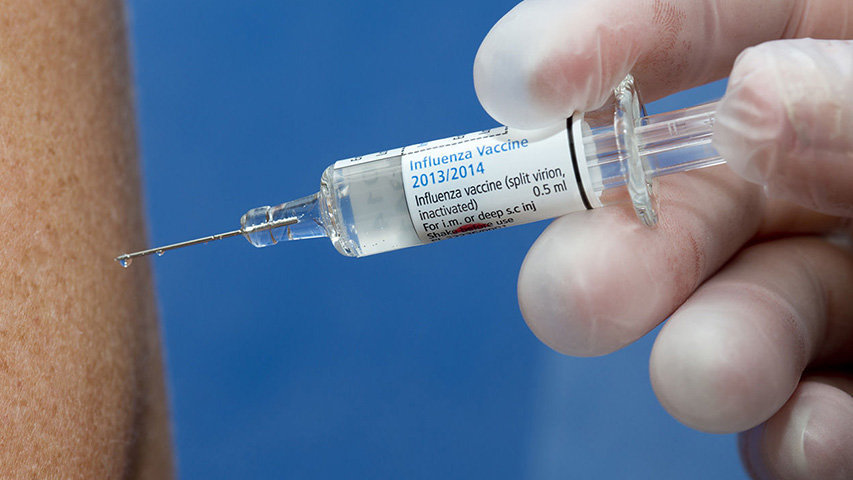
The Effectiveness of Life-saving Vaccines
by Yash Saboo May 7 2018, 4:44 pm Estimated Reading Time: 2 mins, 43 secsOne hundred years ago, infectious diseases were the main cause of death worldwide, even in the most developed countries. And what’s more heart-breaking than death by a disease that could have been prevented. Today, there is a vast range of vaccines available to protect against more than 26 infectious diseases – and there are new vaccines on the horizon with the potential to prevent even more.
Vaccines given to infants and young children over the past two decades will prevent 322 million illnesses, 21 million hospitalizations and 732,000 deaths over the course of their lifetimes, according to a new report from the Centers for Disease Control and Prevention.

Source : Science
Vaccines also will have saved $295 billion in direct costs, such as medical expenses, and a total of more than $1.3 trillion in societal costs over that time, because children who were spared from sometimes-devastating illnesses will be able to contribute to society, the report shows. These calculations may underestimate the full impact of vaccines, the study notes because authors considered only the early 14 routine childhood immunizations typically required for school entry. Authors didn't include flu shots or adolescent vaccines given at ages 11 or 12.
But the full impact can only be realized when the challenges related to vaccines are eradicated. The Bill & Melinda Gates Foundation is supporting entrepreneurs and start-ups such as CureVac and Moderna, which are exploring advances in genetics and molecular science that are likely to make it cheaper, easier and faster to develop vaccines as while we have vaccines for measles, pneumonia, polio and whooping cough, we still don’t have them for deadly and debilitating diseases, such as malaria and HIV.
Another challenge that this industry has to face is that despite overwhelming, strong and conclusive evidence of the safety and effectiveness of vaccines, some people remain unconvinced of the benefits of immunization. This is why the government had to launch special TV commercials to raise awareness and to get people to accept vaccines as a major and compulsory health benefit. After vaccine programs – like Universal Immunization Programme, a vaccination program launched by the Government of India in 1985 – there have been improvements. India’s UIP now provides free vaccines against 13 life-threatening diseases, to 27 million children annually. Calling it one of the most significant health policies in the last 30 years, the note pointed out that the latest decision along with the recently introduced pentavalent vaccine will help prevent death in about one lakh infants and adults in the working age group, besides putting a stop to about 10 lakh hospitalizations each year.
Another challenge lies in the geography. Vaccines are not accessible to people in all areas. When vaccines are available, it is hard to get them to people in remote areas. Inadequate health-care systems, poor infrastructure, access to reliable data, lack of governance and competing demands for scarce resources are all factors. Creative public, private and philanthropic partnerships can help — specially to drive down the cost of vaccines. For example, in 2016 UNICEF negotiated to halve the price of a vaccine that prevents diphtheria, tetanus, whooping cough, hepatitis B and a strain of influenza to just 84 cents a dose. This means tens of millions more children protected, and savings of $366 million for donors and governments.




-173X130.jpg)
-173X130.jpg)
-173X130.jpg)
-173X130.jpg)
-173X130.jpg)
-173X130.jpg)

-173X130.jpg)